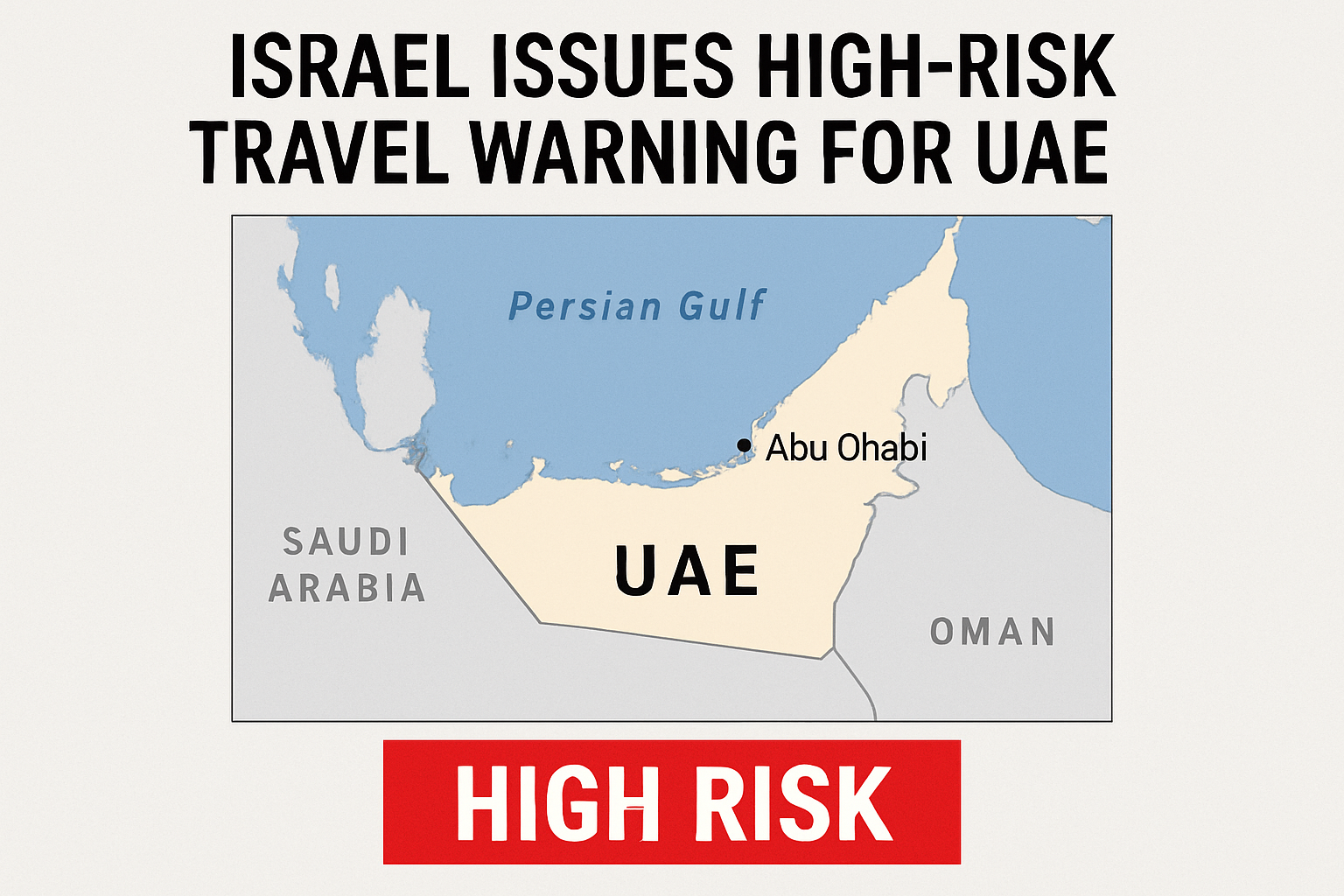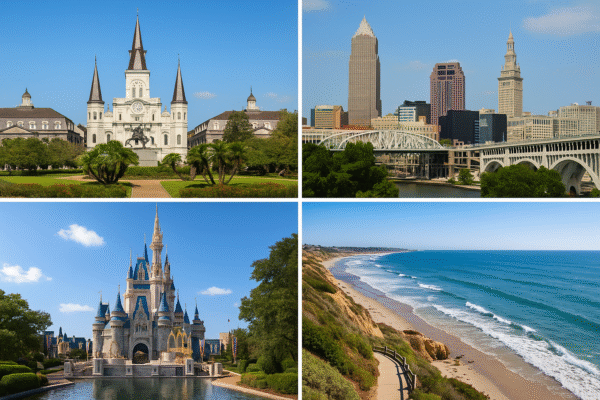Travelers planning summer holidays in the United Kingdom should prepare for severe weather disruptions as a potential named storm threatens to sweep across the nation starting early next week. According to forecasts from the UK Met Office, key tourist destinations including London, Manchester, Edinburgh, and Belfast could experience torrential rain, damaging winds, and widespread travel delays from Monday, August 5, 2025.
Storm Brewing Across the Atlantic
The storm system currently developing near the Great Lakes region of the United States is expected to cross the Atlantic Ocean, gaining strength due to an active jet stream. Meteorologists are closely monitoring the storm’s trajectory as it transforms from a subtropical disturbance into an intense extratropical cyclone.
The UK Met Office notes that while the exact path remains uncertain, confidence is increasing regarding the system’s impact on southern and western regions of the UK, including Cornwall, Wales, and coastal Scotland. Wind gusts could reach 60–80 mph, accompanied by several inches of rainfall within a short period.
“We are keeping a close eye on the development of this storm. If forecast confidence continues to grow, the system may be designated the UK’s first named storm since Storm Éowyn in January,” said a Met Office spokesperson.
Why August 2025 May See Extreme Weather
The looming storm is closely tied to larger climatological patterns:
- Above-average Atlantic hurricane activity:
The National Oceanic and Atmospheric Administration (NOAA) and the UK Met Office project 16–19 named storms for the 2025 Atlantic hurricane season, with several undergoing extratropical transition toward Europe. - ENSO-neutral conditions and warm sea temperatures:
Persistent ENSO-neutral conditions and warmer-than-average Atlantic sea surface temperatures are fueling storm formation and longevity. - Jet stream amplification:
A particularly active jet stream is guiding the storm eastward and increasing its intensity. - Extratropical transition risk:
Tropical systems making landfall in Europe often morph into intense windstorms. This pattern, seen in past events such as Storm Arwen and Storm Éowyn, is expected to repeat.
Anticipated Travel and Business Disruption
Airports such as London Heathrow, Manchester, Edinburgh, and Belfast International could face flight delays and cancellations, especially during Monday and Tuesday. Rail and ferry services are also at risk due to high winds and flooding on key transport routes.
Tourists are advised to:
- Reconfirm all bookings with airlines and accommodation providers.
- Monitor real-time updates from the UK Met Office and National Rail Enquiries.
- Consider flexible travel insurance policies that cover weather-related disruptions.
Rural areas, including popular summer destinations like the Lake District and Scottish Highlands, may see power outages and road closures due to falling trees and water-logged ground.
Tourism Impact: Attractions and Outdoor Plans at Risk
UK-based tourism operators are preparing for itinerary changes and potential cancellations. Walking tours, coastal excursions, and open-air events may be suspended. Travelers with plans to visit Cornwall’s beaches, hike in Snowdonia, or camp in Loch Lomond are urged to pivot to indoor alternatives.
Travelers are advised to pack:
- Waterproof jackets and footwear
- Battery banks and flashlights
- Non-perishable food and bottled water
- Downloaded offline maps and weather apps
Tourists should also check local council alerts for flood warnings and updates on service closures.
Storm Éowyn: A Cautionary Reminder
The last significant storm to hit the UK, Storm Éowyn, battered Scotland and Northern Ireland in January 2025 with winds exceeding 100 mph. Two fatalities, 1.1 million power outages, and widespread transport disruption underscored the vulnerability of the UK’s infrastructure during extreme weather events.
“Storm Éowyn was a wake-up call. While this upcoming storm may not be as severe, its impacts could still be substantial,” warned Dr. James Fairbank, climate risk analyst with the British Weather Council.
Will the Storm Be Named?
The UK Met Office, along with Met Éireann (Ireland) and KNMI (Netherlands), jointly determine whether a storm merits a name. The naming criteria hinge on the expected impact level — widespread travel chaos or a significant threat to life typically warrants a designation.
If named, the storm will become the second official weather event of 2025, marking a rare occurrence of summertime windstorms in the British Isles.
After the Storm: Could Sunshine Return?
Interestingly, some meteorologists suggest that the passage of this storm may open the door to settled high-pressure systems in the second half of August. Long-range models from both the UK Met Office and ECMWF hint at sunny and dry conditions returning, especially across southern England.
Temperatures may rebound to 25–28°C, giving late summer tourists a chance to enjoy pleasant conditions at iconic destinations such as Brighton, Cambridge, and Bath.
Final Recommendations for Travelers
To stay safe and informed, tourists visiting the UK in early August should:
- Sign up for Met Office weather alerts
- Follow UK government travel advice
- Use local council emergency apps or Twitter handles for area-specific warnings
- Maintain flexible travel plans and consider alternative indoor attractions such as museums, galleries, and heritage sites
Conclusion:
With the UK facing the possibility of its first named summer storm in 2025, travel flexibility and weather awareness are critical. Whether you’re visiting iconic cities like London or exploring the scenic Scottish Highlands, being prepared could make all the difference in enjoying a safe, memorable journey. Stay alert, pack smart, and check official weather advisories before setting off.
For more travel news like this, keep reading Global Travel Wire






















